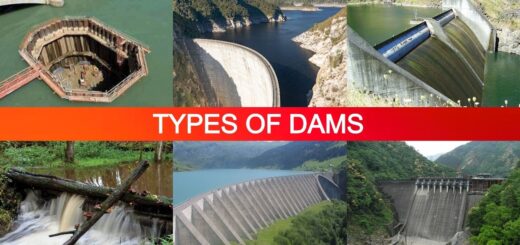25 Types of Canals – Advantages and Disadvantages [Explained with Details]
![25 Types of Canals - Advantages and Disadvantages [Explained with Details]](https://engineeringlearn.com/wp-content/uploads/2022/12/Canals-1024x539.jpg)
Introduction
25 Types of Canals – Advantages and Disadvantages [Explained with Details]: – A canal is an artificial waterway. The word “canal” originates from the Old French word Chanel, which signifies “channel.” In some cases, it is otherwise called navigation.
In old times, A canal is utilized to connect waterfalls with the purpose of shortening routes. Nowadays, it is constructed to permit the passage of boats or ships inland or to convey water for irrigation, human-made strip, or piece of water utilized for irrigation or boat admittance to a more significant waterway.
A canal plays a fundamental part with regard to transportation and worldwide trade. We utilize the channel for irrigation, land drainage and seepage, urban water supply, hydroelectric power generation, transportation of freight and individuals, and power generation, the canal is likewise used to interface industrial centers with ports to speed movement of unrefined materials. Water-filled canals at significant levels can deliver water to where there is a water crisis. Be that as it may, canals weaken the foundation of the dam.
What is Alignment of Canals?
The canal or channel alignment is chosen in view of the following contemplations:
- Canal alignment should be picked to such an extent that the maximum area is presented with the least length. It likewise should minimize the utilization of cross-drainage works.
- Assuming that the length of the canal is short, there is less head loss, drainage loss, and evaporation loss. This likewise brings additional areas for irrigation.
- Following a straight alignment assists with diminishing the loss.
- Always a canal alignment with less cross-drainage work should be picked.
- The canal must not go through forests, towns, villages, or costly areas lessening the possibility of giving heavy compensation.
- Among various canals, ridge canals help to irrigate either side of the channel.
- It should assist with reducing heavy cutting and filling i.e expensive embankment construction must be avoided.
- Achieving a balance in the depth of cutting and depth of filling is suggested.
- The selection of alignment over brackish, rough, or cracked layers must be avoided.
Types of Canals
We can identify or recognize various types of canals in view of use, discharge, branches, supplier, alignment, and so forth.
A) Canal Types Based on Usage
1. Waterways: ( Types of Canals )
Waterways are the type utilized for carrying boats and ships and conveying individuals. Waterway paths are known as an optional by-product of your country’s historical verifiable waterway network, and their fundamental contribution to regular daily existence has generally gone unnoticed. They incorporate water features like rivers, canals, and streams, as well as lakes, repositories, and docks.
Related features of waterways incorporate weirs, locks, fast, and so forth. Waterways provide a safe working climate by mirroring the neighborhood conditions. Generally, waterways are utilized for change, water system, headrace, trail race, penstock, spillway, and so on. They take special care of a wide range of sailing and water activities as well as control pests. waterways go about as refuges for earthbound fauna species during times of dry spells and as corridors for dispersal.
2. Aqueducts: ( Types of Canals )
Aqueducts is a critical watercourse that conveys water from a source to the far distribution point. There are numerous versions of aqueducts. The simplest kinds are generally small ditches cut into the earth. They run through underground tunnels or passages. Nonetheless, Modern aqueducts utilize the pipeline as their path. These sorts of canals are utilized for the conveyance and delivery of water for consumption, and rural water systems.
B) Canal Types Based on the Provider
1. Lined Canal: ( Types of Canals )
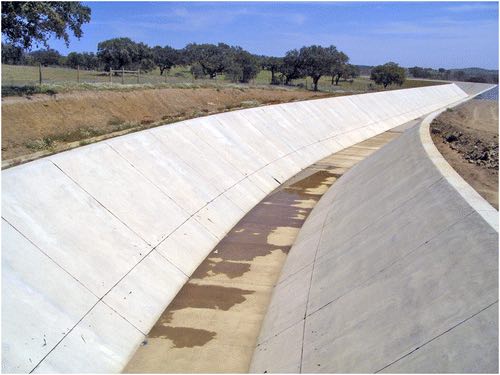
Lined canals are furnished with a lining of impervious materials on their bed and banks to forestall the leakage of water. The most commonly utilized types of padding are concrete, shotcrete, brick or burnt clay tile, rock, stone brick work, sand concrete, plastic, and compacted clay. Potential benefits of lining a canal incorporate water preservation; no seepage of water into nearby land or streets; reduced canal dimensions; and also reduced maintenance.
2. Unlined Canal: ( Types of Canals )
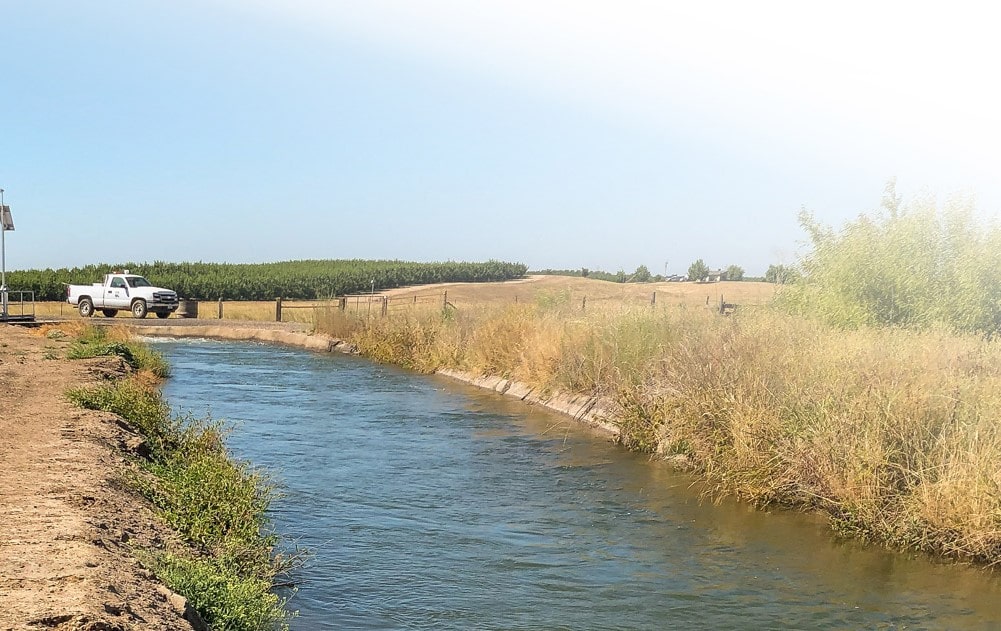
Unlined canals comprise beds and banks made of natural soil. They are not provided with a lining of impenetrable materials. It produces the growth and development of aquatic weeds and hinders the flow which prompts enormous Maintenance cost. In unlined canals, there is a risk of canal bank breakage brought about by overtopping, erosion, and animal burrowing. Weeds had seriously slowed down the water flow of the canals or channels, forestalling up to half of the water from reaching the tail end of the canal.
C) Canal Types Based on Discharge
1. Branch Canal: ( Types of Canals )
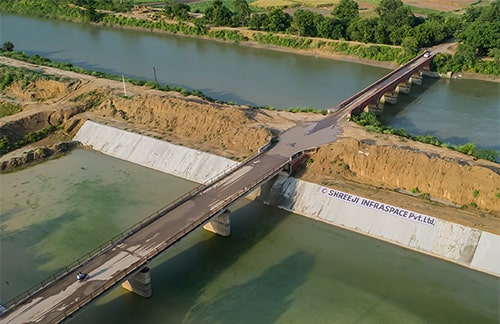
The branches of the principal canal head down one or the other path at normal spans. It off takes from the main canal where the head discharge isn’t more than 14-15 cumecs. The branch canal likewise assumes the role of feeder channel for major and minor distributaries. Branch canals don’t carry out direct irrigation, however, they provide direct outlets.
2. Main Canal: ( Types of Canals )
Channels or canals are having discharge more significant than ten cumecs are called main or fundamental canals. The main canal is otherwise called the arterial canal. In drainage, the main canal is the superior canal of the drainage system; it gathers water from the drainage canals and conducts it to water consumption. The main canal conveys discharge directly from the river. It takes off directly or straightforwardly from the upstream side of the weir head works or dam. Typically, no direct cultivation is proposed. It supplies water from a river, repository, or canal to irrigated lands by gravity flow. It supplies water to a branch canal or channel.
3. Major Distributary: ( Types of Canals )
Canals that off-take from the principal canal or branch canal with head discharge from 0.028 to 15 cumecs are named significant distributaries. It takes off water from branch canals. sometimes getting supply from the primary canal, their discharge is not as much as branch canal. These are for the most part known as irrigation channels because of their supply of water to the field directed through outlets.
4. Minor Distributary: ( Types of Canals )
Canals in which discharge ranged from 0.25 up to 3 cumecs are named as minor distributors. It off takes from a significant distributary conveying discharge under 0.25 cumecs are named as minor distributary. A portion of the time minor distributary gets supply from the branch canals. The discharge in the minor distributary isn’t precisely in the significant distributary. They moreover give water to the courses through outlets provided along with them.
5. Watercourse or Field Channel: ( Types of Canals )
The discharge in watercourses is under 0.25 cumecs. A field channel either takes off from a significant distributary or minor-it exclusively relies upon which extent the irrigation will occur. In a couple of cases, it likewise takes off water from the branch canal for the field. Small channels convey water from the outlet of a major or minor distributary or a branch canal to the areas to be sprayed. There are small channels for taking care of water to the irrigation fields.
D) Canal Types Based on the Alignment
1. Contour Canal: ( Types of Canals )
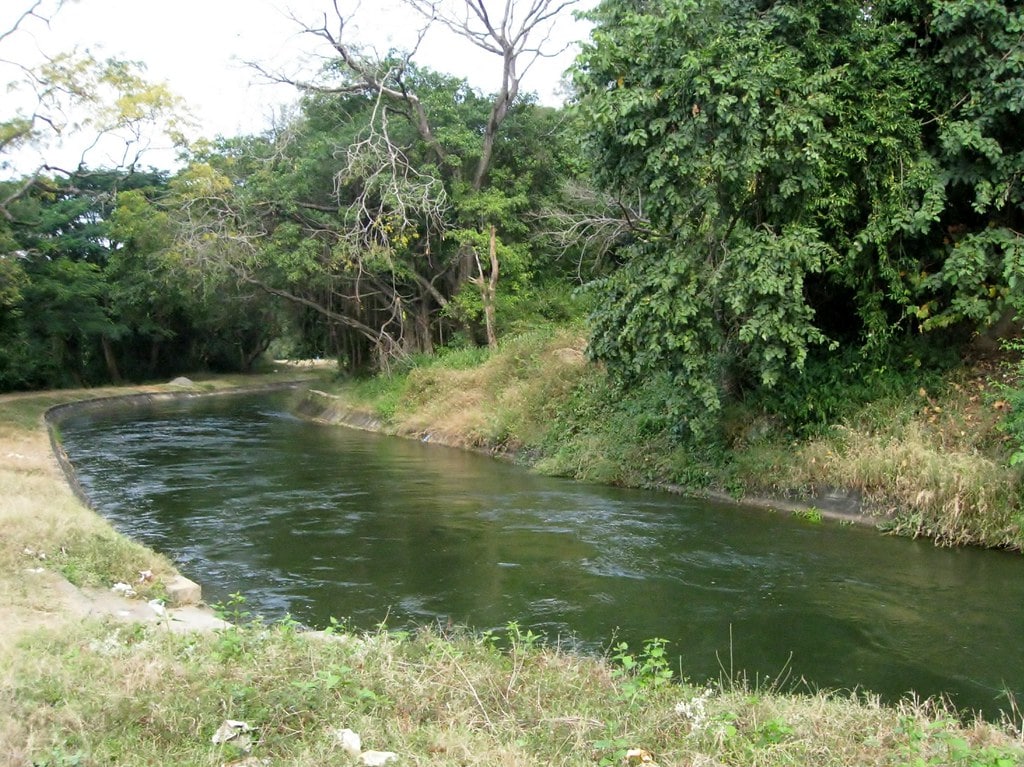
A Contour canal is an artificial canal or channel moreover eminent for being dug and navigable by following the contour line of the land. It crosses to avoid costly engineering works (eg: boring an entry through the higher ground, constructing a canal lock to change the level of the stream, fabricating a dam over lower ground). Contour canals are distinguished by the meandering course. They can increase the risk of disintegration if not appropriately established.
2. Watershed Canal: ( Types of Canals )
A Watershed is a safe and secure region whose runoff drains into any water substance. The watershed canal lines up with any natural watershed (ridgeline). That is the reason it is otherwise called the ridge canal. Aligning a canal on the ridge guarantees gravity irrigation on the two sides of the canal. Water runs downhill. The boundary of a watershed is the divide that distinct one seepage area from another.
3. Side Slope Canal: ( Types of Canals )
Side slope canals or trenches are customized at the right gradient arriving at the contours. It is not in a watershed or valley. It does not expropriate drainage channels.
4. Ridge Canal: ( Types of Canals )
A canal aligned along the ridgeline or watershed line of an area is supposed to be a ridge canal or watershed canal. Since it is running at the peak elevation of the area, irrigation on two sides of the canal up to a larger degree of the area is conceivable. There is no interception of natural drains on ridge lines thus, no cross drainage works are expected for this kind of canal.
E) Based on the Nature of Supply Source
1. Inundation Canal: ( Types of Canals )
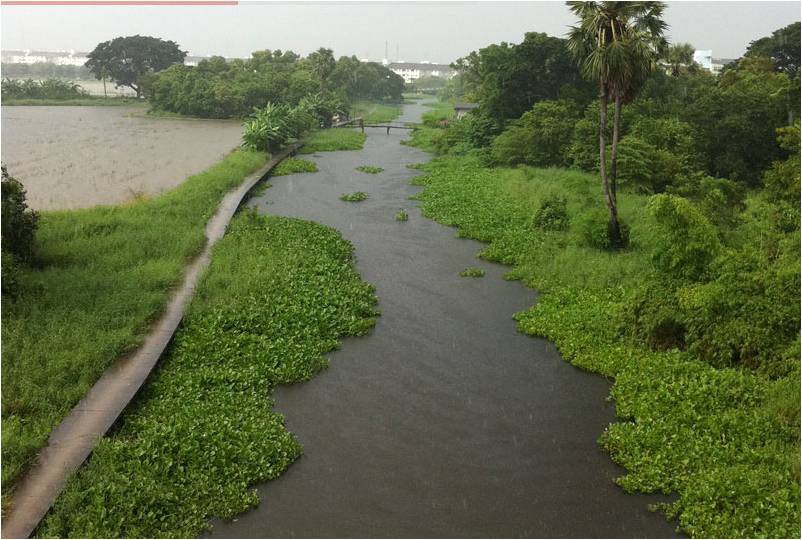
An inundation canal is a kind of canal where water is accessible only during the flood time periods. These sorts of channels are taken off from rivers or streams to control the water level in rivers during floods.
2. Permanent Canal: ( Types of Canals )
A permanent canal is a kind of canal wherein water is accessible throughout the year. This kind of canal or channel is generally for the most part directed from a long-lasting source of supply water bodies. A few permanent hydraulic structures are constructed in this sort of canal for water regulation and dissemination. A permanent canal likewise is called a perennial canal.
F) Based on Functions of Canal
1. Power Canal: ( Types of Canals )
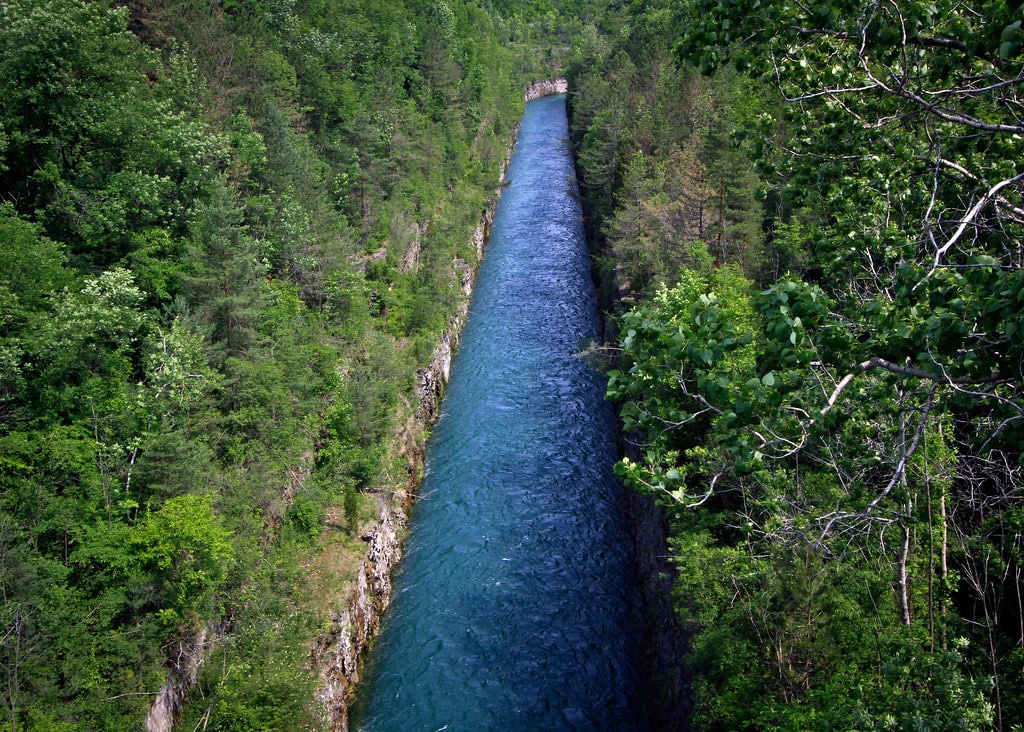
A canal constructed particularly for the generation of water-driven or hydraulic power is named a power canal.
2. Feeder Canal: ( Types of Canals )
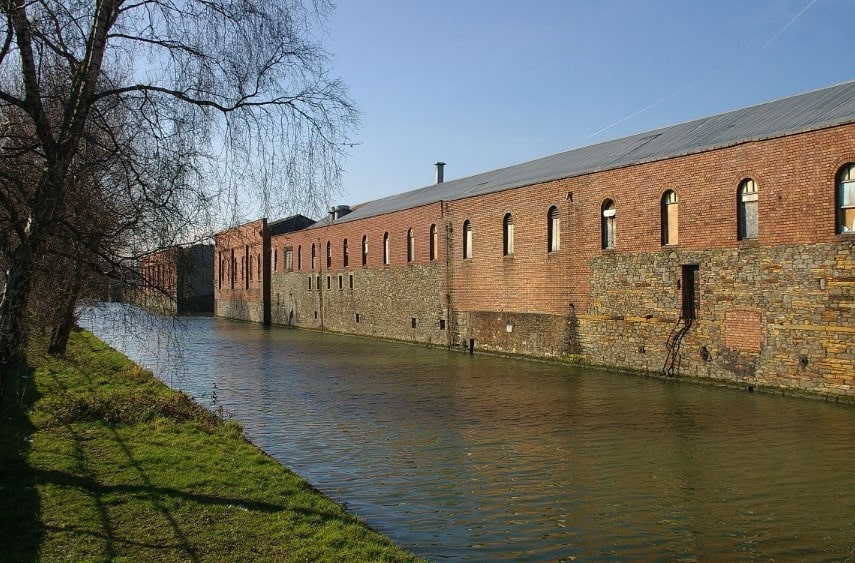
As the name says, a feeder canal or channel is constructed or developed to deal with something like two distinct canals or branch canals.
3. Irrigation Canal: ( Types of Canals )
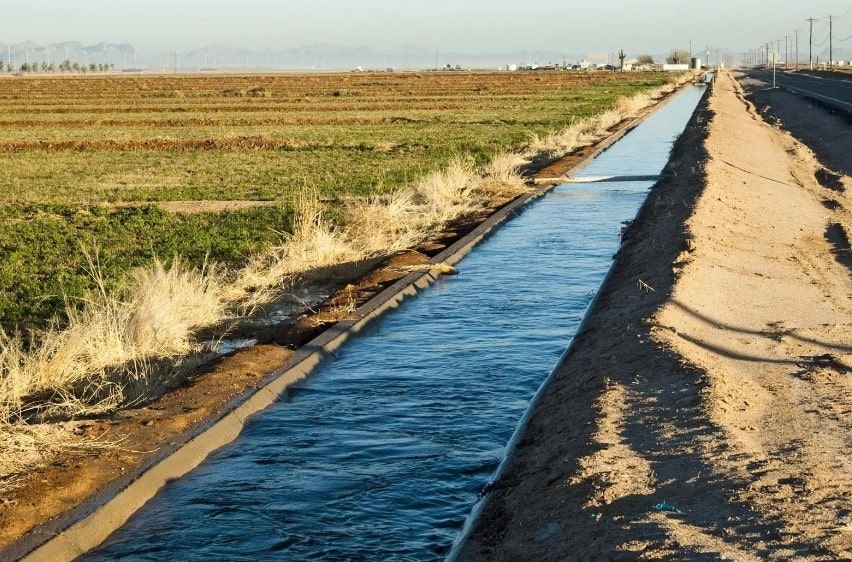
A canal aligned along the boundaries of cultivatable regions to supply water with the end goal of agriculture is supposed to be an irrigation canal.
4. Navigation Canal: ( Types of Canals )
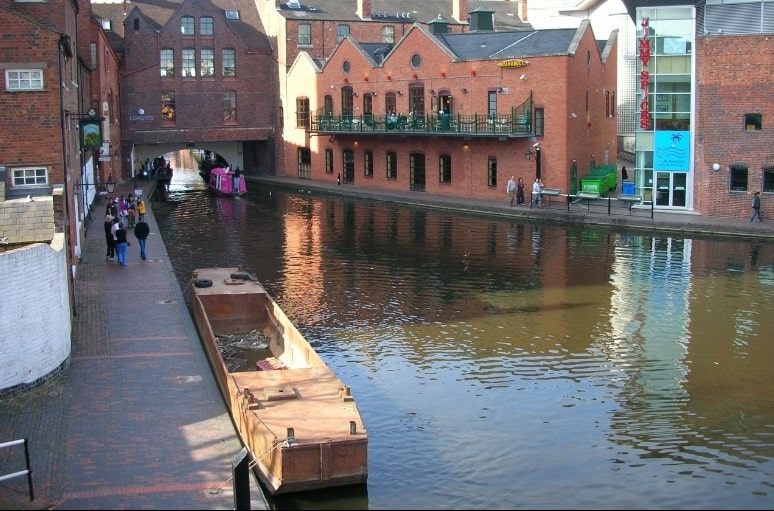
A canal that is developed and constructed, particularly for navigational purposes is known as a navigation canal. The water level required in a navigation or route canal is for the most part significantly higher to accommodate large boats, vessels ships, and so on.
5. Carrier Canal: ( Types of Canals )
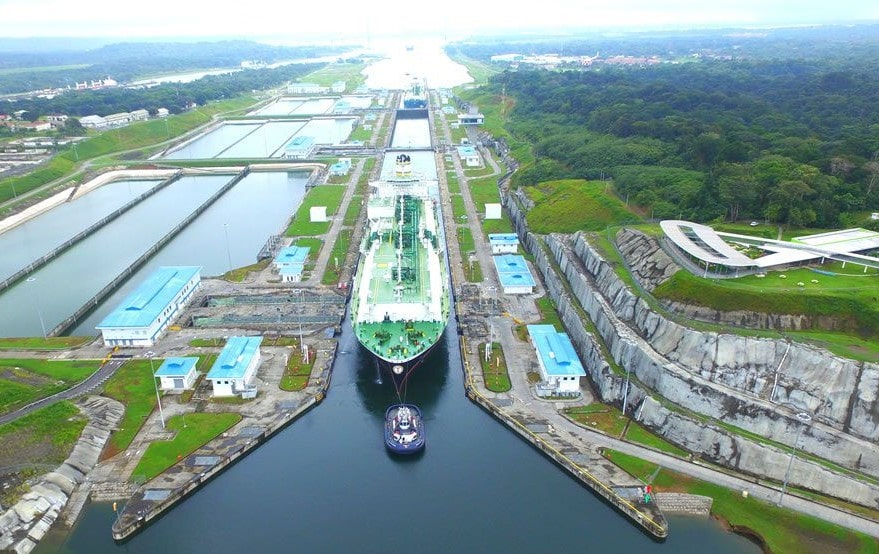
A carrier canal is a multi-functional canal that fills the purposes of both the irrigation canal and the feeder canal. It implies the carrier canal takes care of different canals as well as provides water for direct irrigation.
G) Based on Financial Output
1. Productive Canal: ( Types of Canals )
Productive canals are those which will create sufficient revenue for its maintenance and running costs and furthermore to recuperate the underlying venture made on the construction of the canal. It is supposed to be good assuming it recovers 6% of its initial investment per annum.
2. Protective Canal: ( Types of Canals )
Protective canals are relief work projects which are developed and constructed to shield a specific region from the shortage of water. The fundamental target of a protective canal is to fulfill the prerequisites of cultivators during the time of starvation.
H) Based on the Type of Boundary Surface of the Canal
1. Rigid Surface Canal: ( Types of Canals )
Rigid surface canal likewise comes under non-alluvial canals yet here the boundary surface of the canal or trench is lined artificially with a hard layer of lining material like concrete, cement, stones, and so forth.
2. Alluvial Canal: ( Types of Canals )
In the event that the canal is excavated in alluvial soils like sediment, sand, rock, and so on then this kind of canal is said to be an alluvial canal.
3. Non-alluvial Canal: ( Types of Canals )
In the event that the boundary surface of the canal is of non-alluvial soils like topsoil, earth, rock, and so forth then it is said to be a non-alluvial canal.
Advantages of a Canal
Below is the list of some advantages of canals:
- Canals are utilized for the development of unirrigated wasteland.
- Dangerous droughts can be avoided that assist economic development.
- The water requirement of crops during a change in precipitation intensity can be met by having a legitimate irrigation system.
- Contrasted to conventional watering, higher productivity per hectare of land is acquired due to canals.
- The canals constructed are long-lasting that require regular maintenance.
- Canal irrigation doesn’t allow the water to table level go down. It just assists to increase the water level in this manner by working with the digging of wells.
- Canals additionally serve the purpose of hydroelectricity, drinking water supply, fishery advancement, and navigation.
- Canals are likewise becoming a source of the travel industry attraction these days.
Disadvantages of Canal
- Any imbalance in the water distribution process brings about a shortage of water in certain areas and water clogging in different regions. This subsequently makes the soil unproductive because of the movement of harmful underground salts and alkalies to the surface level.
- Numerous infections are caused because of the spread of mosquitoes, warms, and bugs by virtue of stationery water in canals.
- It makes the soil unfertile or unproductive as harmful underground salts and alkalies come to the top level due to water-logging and land can likewise become marshy there.
- Improper maintenance brings about the collection of sediments in the canals that thus influences the capacity of the canal.
- Canal construction demands monetary venture and time. Consequently, this isn’t a solution for all irrigation. giving canal irrigation to all regions is preposterous.
Conclusion
Canals used for irrigation are the primary waterway that brings the water for irrigation from the main source to the areas to be irrigated. These artificial channels are mat be constructed with stone, cement, block, or a flexible film to forestall leakage and erosion. Irrigation canals or water channels is an open waterways whose principal capability is to convey water starting from one place on then onto the next and are referred to as primary waterways supplying water to at least one farm. The system of irrigation through artificial channels is a traditional method or technique and is more convenient for agricultural activities at less expense.
Content Source: – civiltoday, theconstructor
Image Source: – aboutcivil, California Agriculture, shreejii, flickr, National Water Academy, wikipedia, britannica, gcaptain

